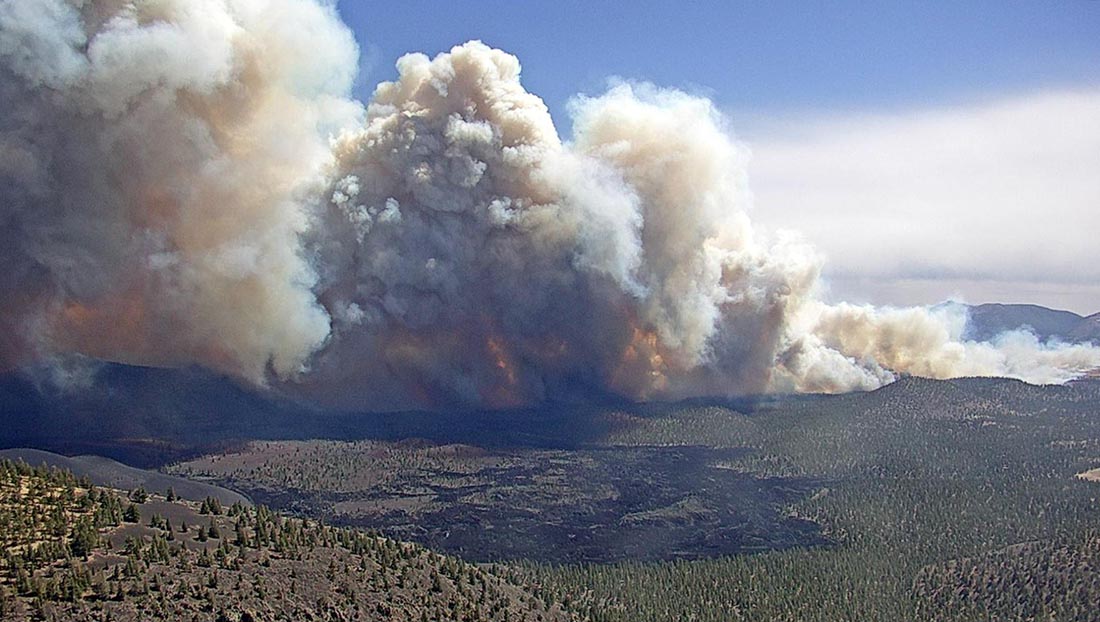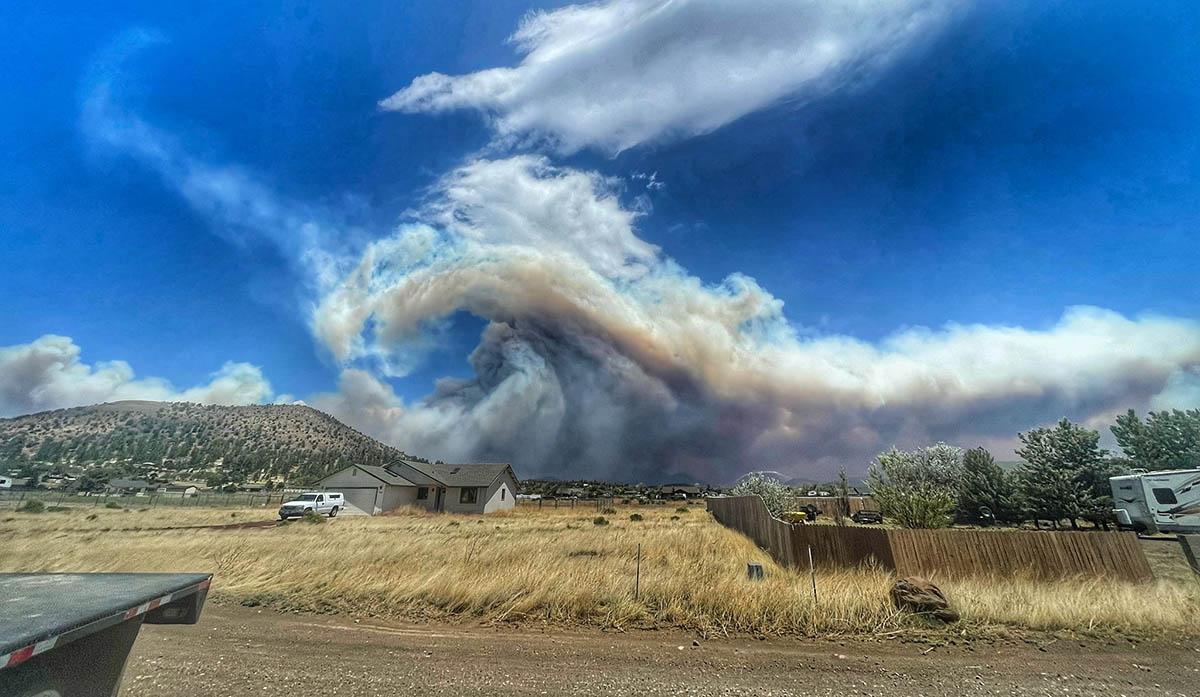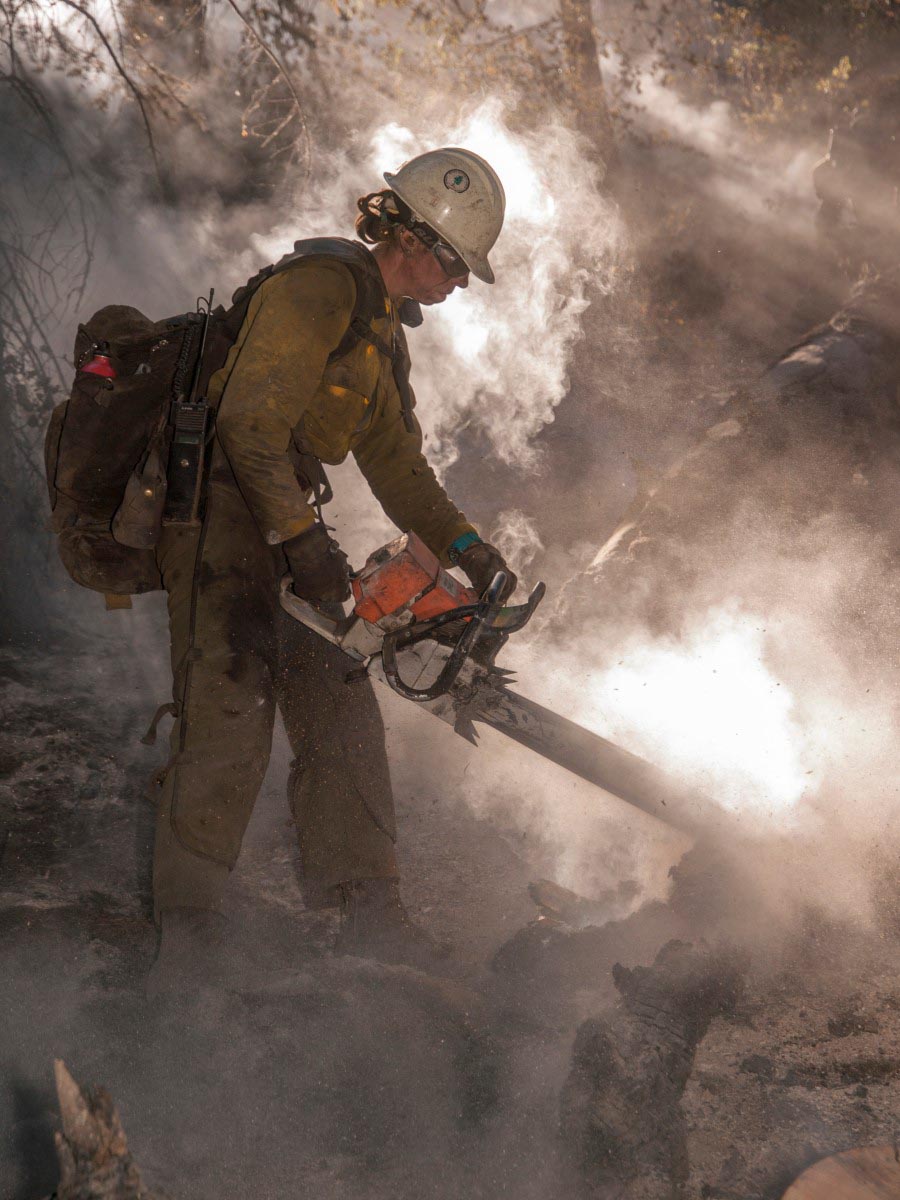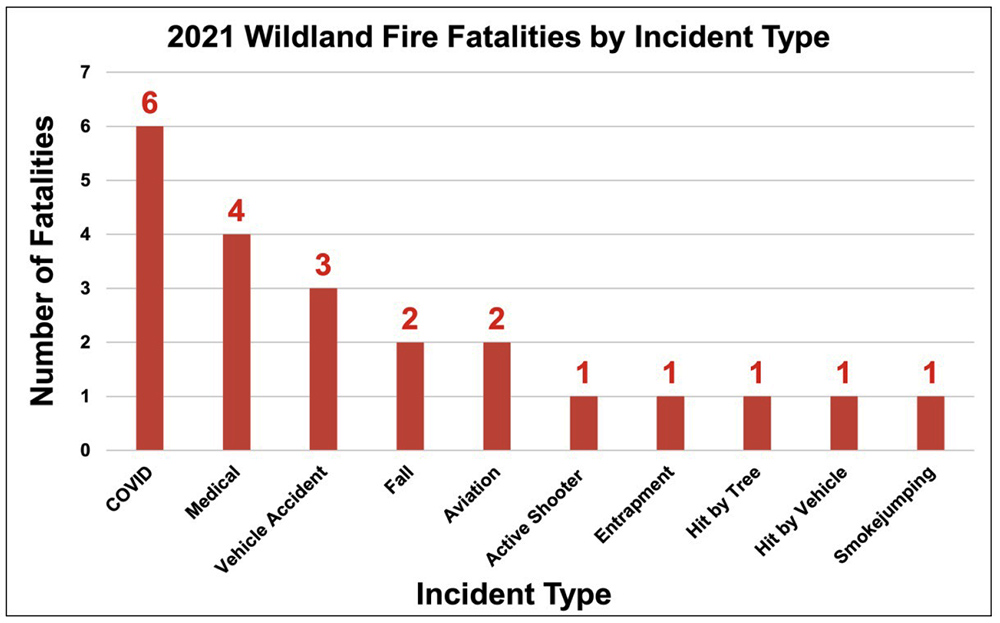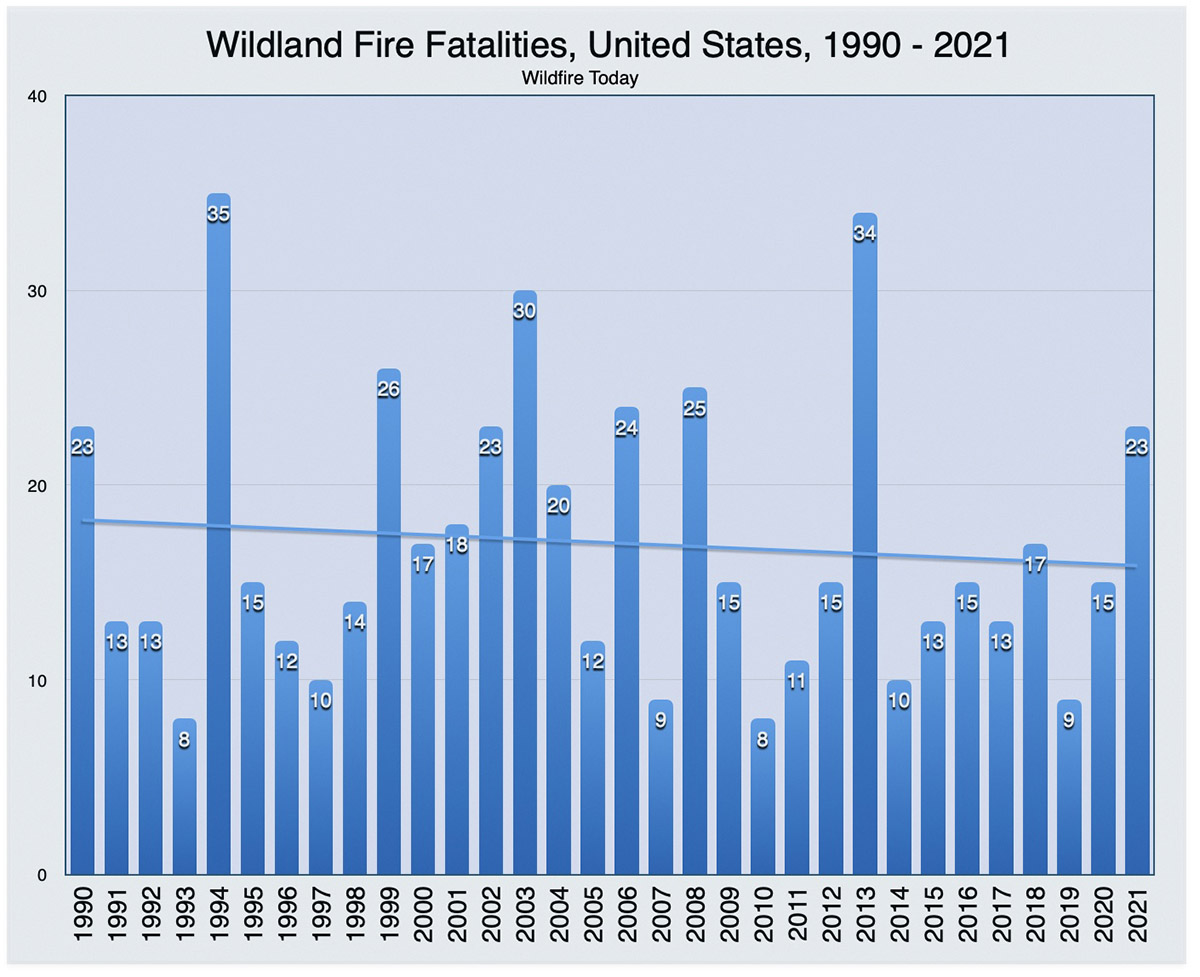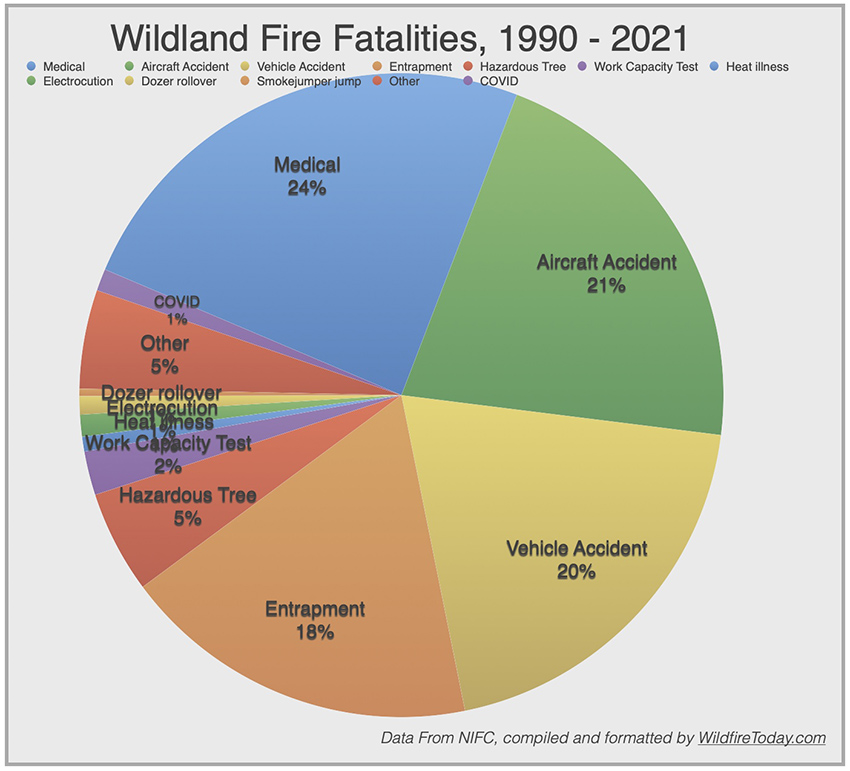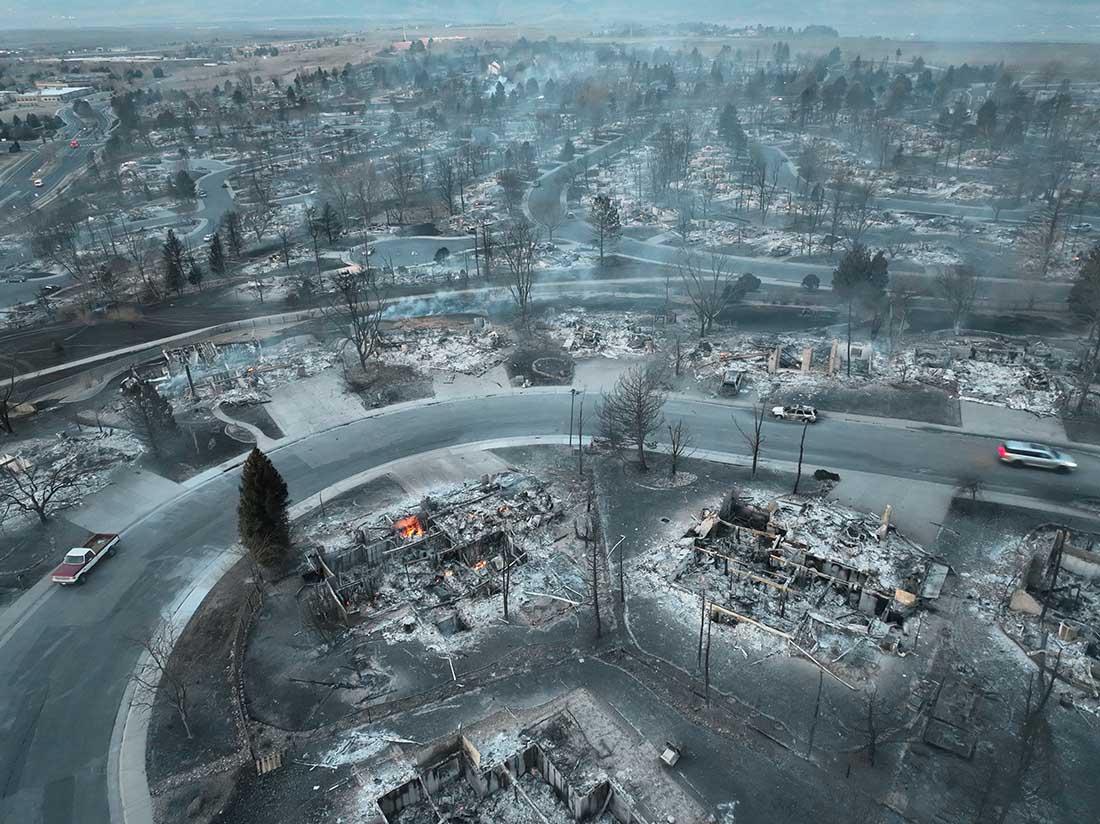Updated 4:33 p.m. MDT August 4, 2022
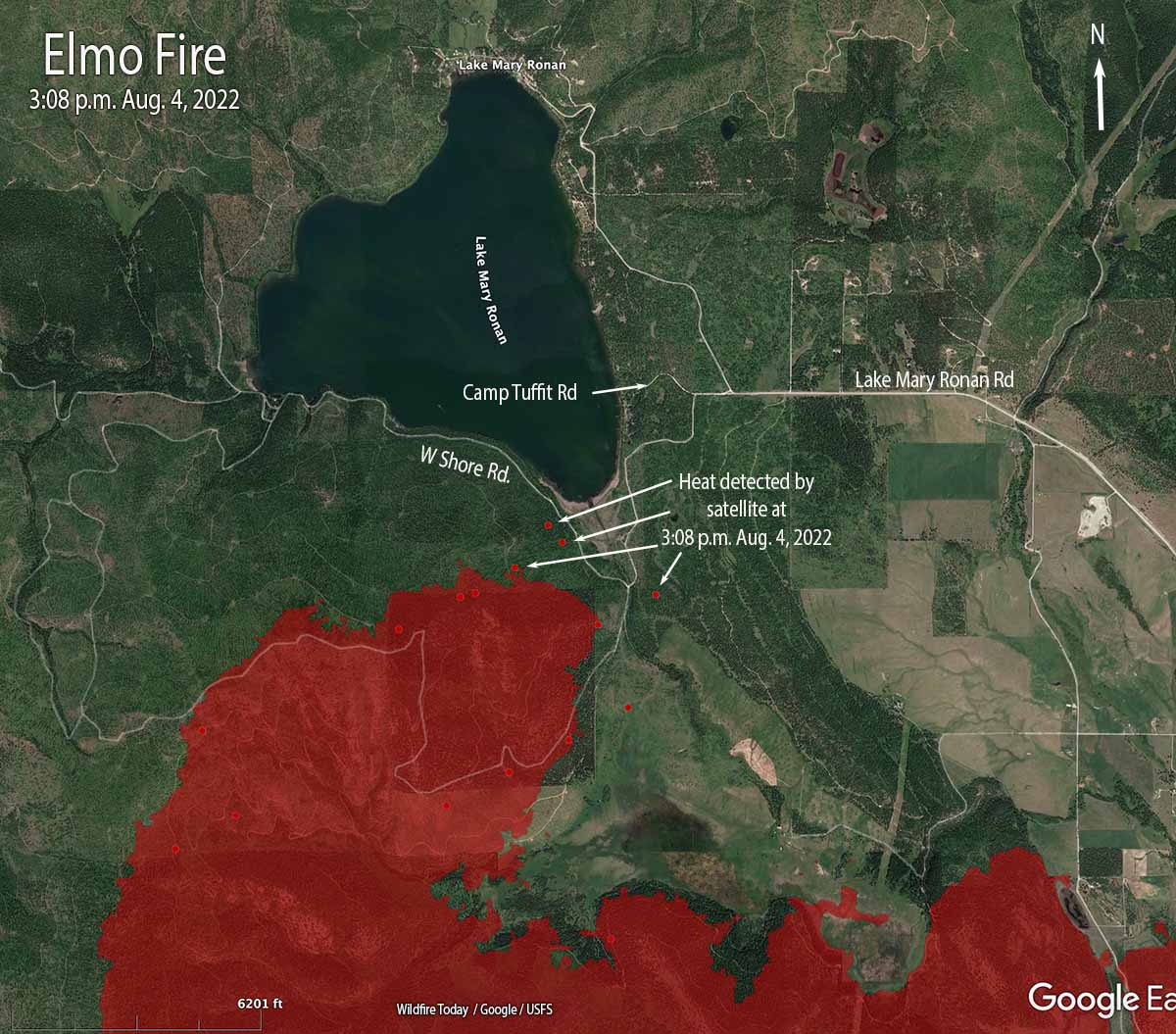
A satellite overflight at 3:08 p.m. MDT Thursday detected heat from the Elmo Fire very close to the south end of Lake Mary Ronan.
There are many structures on the east side of the lake. The Incident Management Team said Thursday morning they hoped to keep the fire from spreading beyond Camp Tuffit Road.
Updated 3:23 p.m. MDT August 4, 2022
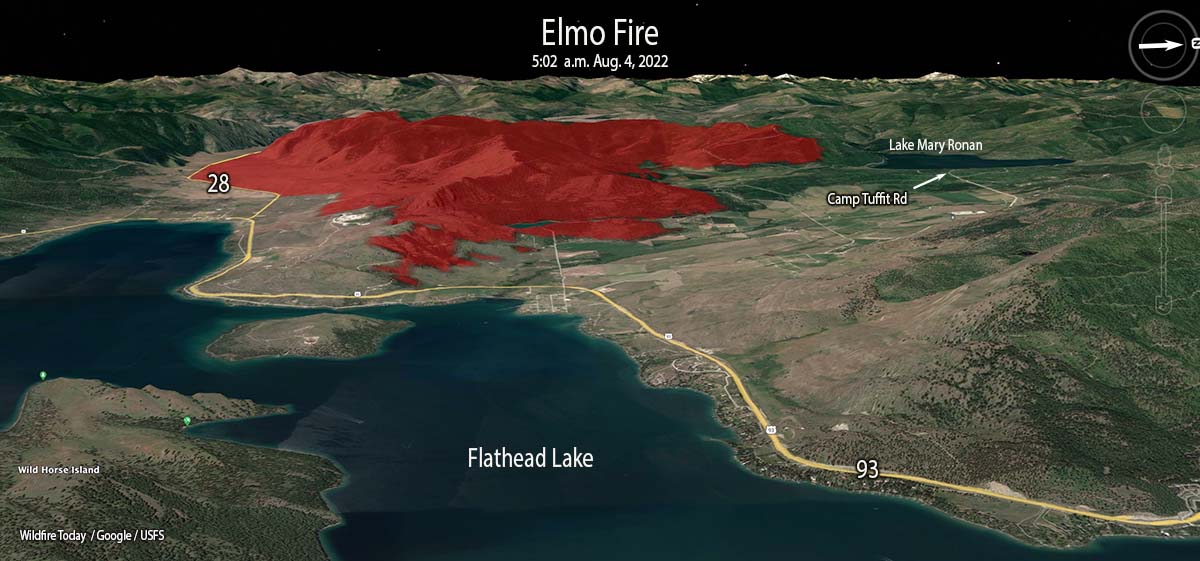
The Elmo Fire which started July 29 continues to spread north toward Lake Mary Ronan. The south edge is secure along Highway 28, but firefighters are having a difficult time stopping the northward progression through the timber as it approaches the lake.
The fire was mapped Wednesday night at 20,616 acres. The east side of the fire is very close to Flathead Lake and it appears likely that the north side will reach Lake Mary Ronan.
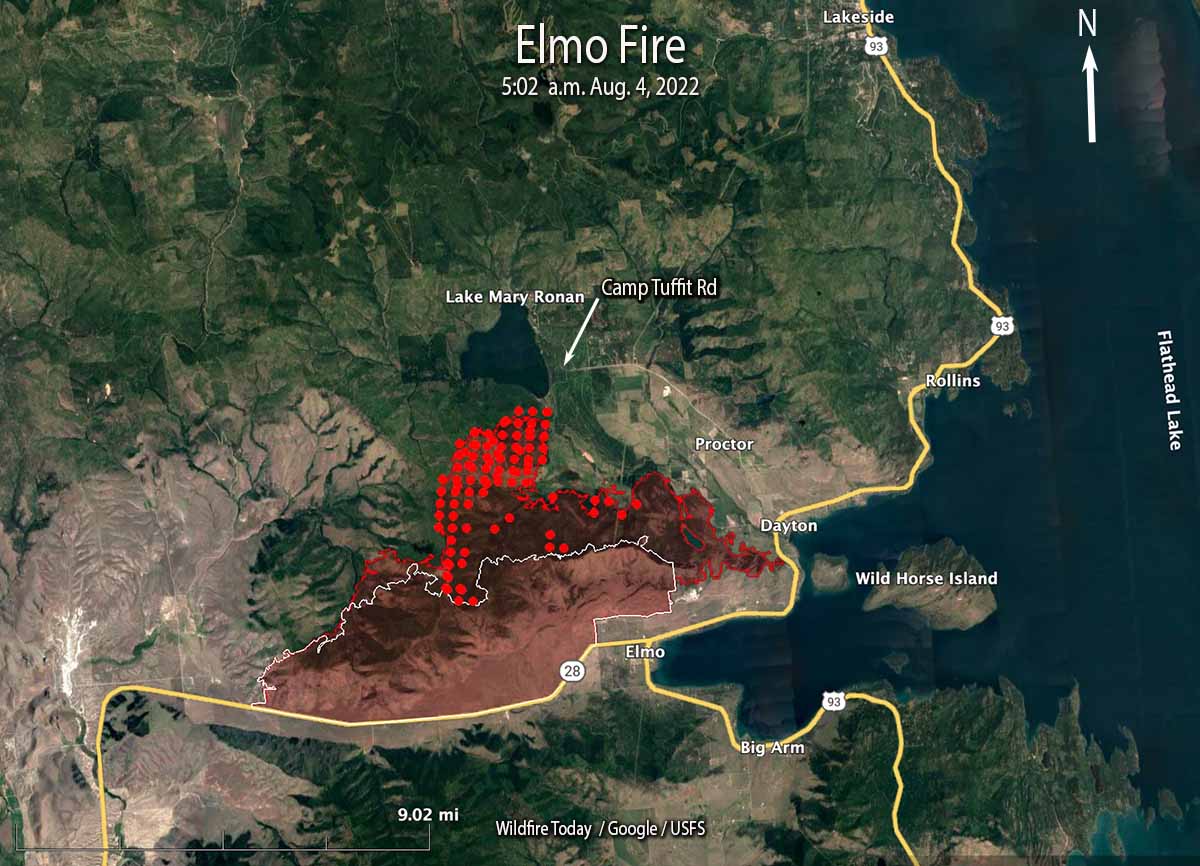
On Wednesday winds increased out of the southwest in the afternoon resulting in upslope runs, spotting, and significant growth on the north side, limiting firefighters’ ability to engage directly on the fire’s edge. All areas of the fire were supported by numerous aircraft dropping water and retardant.
On Thursday firefighters are focusing on Camp Tuffit Road and are working to hold the fire as it approaches the southeast shore of Lake Mary Ronan. Firefighters are prepping structures and constructing secondary firelines.
The Flathead Beacon reported that four homes have been destroyed, quoting an information officer at the fire.
Evacuations
It is not easy to find up to date evacuation information for this incident. At InciWeb the last time it was mentioned was on August 2, 2022 (no time was included). It listed a change, then said “all prior evacuations are in effect.” But there was no link to “prior evacuations”. The change at that time was to include “all residents residing north and south of Hwy 352 (Lake Mary Ronan Road) and all residents who live along Lake Mary Ronan. ”
Another announcement on InciWeb said, “At approximately 2 PM, Northern Rockies Incident Management Team 7 recommended the evacuation of the Lake Mary Ronan corridor to the Lake County Sheriff’s Office.”
No date or time was included in the announcement, other than “three days ago.”
Our take
Ordering the public to evacuate and leave their homes is an earth-shattering event for most residents. It can mean the difference between life and death. Then there are the practical logistics of hauling off your critical medicines, documents, family photos, electronics, and pets, then finding a place to shelter which may involve a large expenditure of money.
For the Incident Management Team to treat the evacuation so casually, is not acceptable.
Firefighters do not order an evacuation. They may recommend it, but it can only be ordered and implemented by law enforcement. If the Incident Management Team does not have the current information, they should at least provide a link so someone can easily find this critical data. Assuming that the general public visiting InciWeb will happily mentally cut and paste little bits of evacuation information from multiple web pages to form a complete picture of whether they have to evacuate or not, is poor incident management.
I conducted a search in an attempt to find the information that may have been posted by a law enforcement or emergency management agency, with no success.
When I discovered this issue, I asked the Incident Management Team if they knew of one place where a citizen could get the information, and was told that it was on their InciWeb page under “Announcements.” The email reply was not signed by a person, just “Public Information, Northern Rockies Team 7.” Apparently no one there wants to be held accountable.
“If the announcement is a couple days old, then no changes have occurred to evacuations,” the reply said. “We will continue to post Evacuation updates here as soon as we hear from the Lake County Sheriff’s Office.”
An Incident Management Team should either:
- Provide accurate, complete, easy to understand, current evacuation information. OR:
- Provide a link to a website that has the information.
If an Incident Management Team finds that their recommendation for evacuation has not been implemented, or has not been communicated to the public in a useful way, the Incident Commander should follow up. Maybe the local jurisdiction rarely has to implement evacuations and does not have a check list of all the steps that must be taken. It can be turned into a teachable moment. But the follow up must occur.

